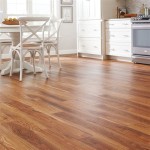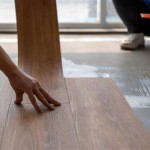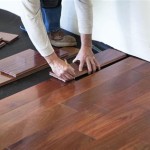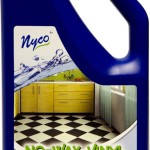Vinyl plank flooring is a popular choice for many homeowners looking to update their home’s look. But can it be installed over tile? The answer is yes, with some caveats. Vinyl plank flooring can be installed over tile, but it requires some preparation and careful consideration before jumping into the project.
Ensuring Compatibility
The first step in installing vinyl plank flooring over tile is to make sure the tile is suitable for the flooring. Tile should be flat and level, with no major imperfections that could affect the overall smoothness of the vinyl plank flooring. If the tile has any cracks, chips, or other damage, it should be repaired before installing the vinyl plank flooring. Additionally, the tile should be clean and free of dirt or debris that could interfere with the vinyl plank flooring installation.
Preparing the Tile
Once the tile is ready, it should be prepared for the vinyl plank flooring. This includes cleaning the tile with a mild detergent and water, and then roughening the surface of the tile with sandpaper or a wire brush. This will help the adhesive bond more securely to the tile and ensure that the vinyl plank flooring stays in place for years to come.
Installing the Vinyl Plank Flooring
Once the tile is prepared, it’s time to install the vinyl plank flooring. First, the adhesive should be spread evenly over the tile using a notched trowel. The vinyl plank flooring should then be placed over the adhesive and pressed down firmly to ensure a secure bond. Finally, the edges of the vinyl plank flooring should be sealed with a sealant to prevent water or other liquids from seeping into the seams.
Grout Considerations
If the tile has grout lines, it’s important to consider how the grout will affect the vinyl plank flooring. If the grout lines are too deep, it can cause the vinyl plank flooring to become uneven or buckle. To avoid this issue, it’s important to fill the grout lines with a patching compound before installing the vinyl plank flooring. This will help create a smooth, even surface for the vinyl plank flooring.
Caulking and Sealing
After the vinyl plank flooring is installed, it’s important to caulk and seal the edges. This will help to protect the edges of the vinyl plank flooring from water damage and ensure that it lasts for years to come. Additionally, it will help to keep dirt, dust, and other debris out of the seams of the vinyl plank flooring.
Conclusion
Installing vinyl plank flooring over tile is possible, but it requires some preparation and careful consideration before starting the project. It’s important to make sure the tile is compatible with the vinyl plank flooring, and that any grout lines are filled with a patching compound. Additionally, the edges of the vinyl plank flooring should be caulked and sealed to protect against water damage. Following these steps can help ensure that the vinyl plank flooring is installed properly and looks great for years to come.















Related Posts








